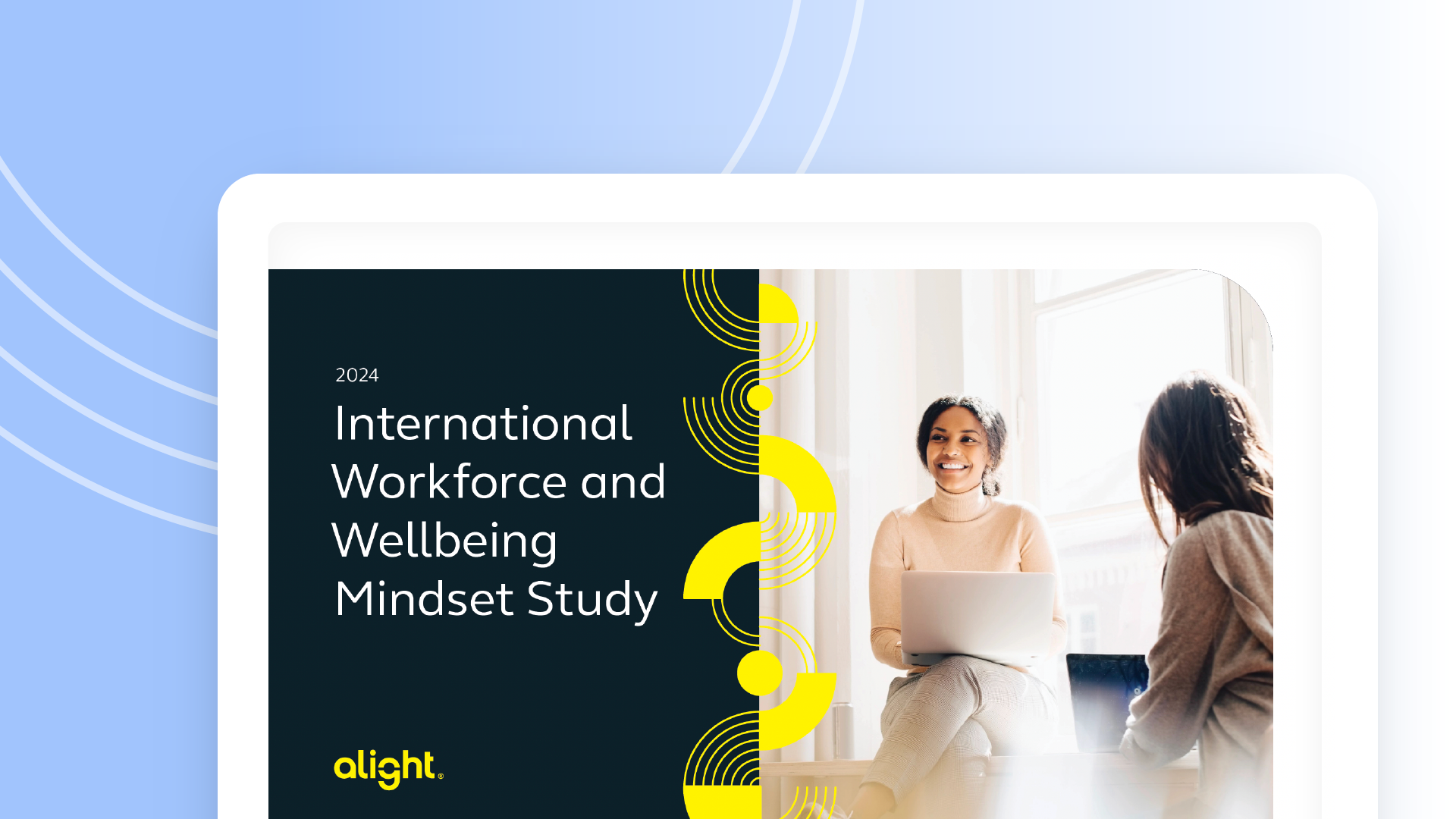
According to Alight’s 2024 Workforce and Wellbeing Mindset Study, the majority (69%) of employees in the U.S. rate their current stress levels as moderate or high, and over 40% say they are suffering symptoms of burnout. Stress is particularly problematic for employees who are women, or part of Gen Z and Millennials.
Today, stress levels remain high as such things as economic challenges, political climate, geopolitical tensions converge to create the perfect storm for anxiety, depression, stress and burnout.
This persistently high stress level has mental health experts suggesting we are now in the midst of a stress epidemic. It’s been several years since the World Health Organization (WHO) classified stress as “the health epidemic of the 21st century,” but the pandemic shined an even brighter light on the issue and the many related problems that arise from years of unrelenting stress. Left unchecked, high stress levels can be extremely detrimental to a person’s wellbeing, affecting sleep, nutrition, concentration, frequency of illness/injury, and consumption of alcohol and tobacco products.
Across Alight’s report, people feel relatively helpless when it comes to reducing their stress. Just over half (54%) of U.S. employees say they have a great deal of control over their stress. Yet while employees are suffering the negative effects of stress, surprisingly few are taking advantage of their company’s wellbeing resources.

2024 Alight International Workforce and Wellbeing Mindset Study
The study’s goal is to understand employee perceptions to help employers optimize their employees’ wellbeing and experiences to improve engagement, productivity and performance.
Since the pandemic, people have been trading stress and fatigue for family time and putting more emphasis on wellbeing. This shift has been referred to as "The Great Resignation" or "The Big Quit," but "The Great Realization" may be more apt. Many have reassessed what is important and the role of work in their lives, realizing what matters most. They are not disengaged from their job, but rather they’re achieving a healthier work/life balance by setting boundaries and being less psychologically invested in work. These and other findings are featured in our 2024 Workforce and Wellbeing Mindset Study, which highlights employee perceptions of wellbeing across many dimensions. While wellbeing measures are still lacking, the good news is employees are looking to employers for help with timely, connected, personalized health, wealth, and wellbeing solutions. Across all dimensions, about two-thirds of workers say they would find value in wellbeing tools and programs. This presents a tremendous opportunity for employers to encourage their employees to take advantage of the tools, resources, and guidance they need to improve their wellbeing. Employers can optimize the wellbeing and overall experiences of their employees to drive more effective engagement, productivity, and performance.
Stress is unavoidable, but there are steps you can take to help your people better cope with life’s challenges and improve their wellbeing:
- Encourage people to open up about their struggles and eliminate the stigma associated with mental health.
- Give managers the tools and resources they need to support employees’ emotional wellbeing.
- When possible, allow employees the flexibility to decide where and when they work.
- Embrace technology to facilitate easy access to information and services and empower employees to make confident decisions to live a healthier, more balanced life.

To learn more
download our 2024 International Workforce and Wellbeing Mindset Report


